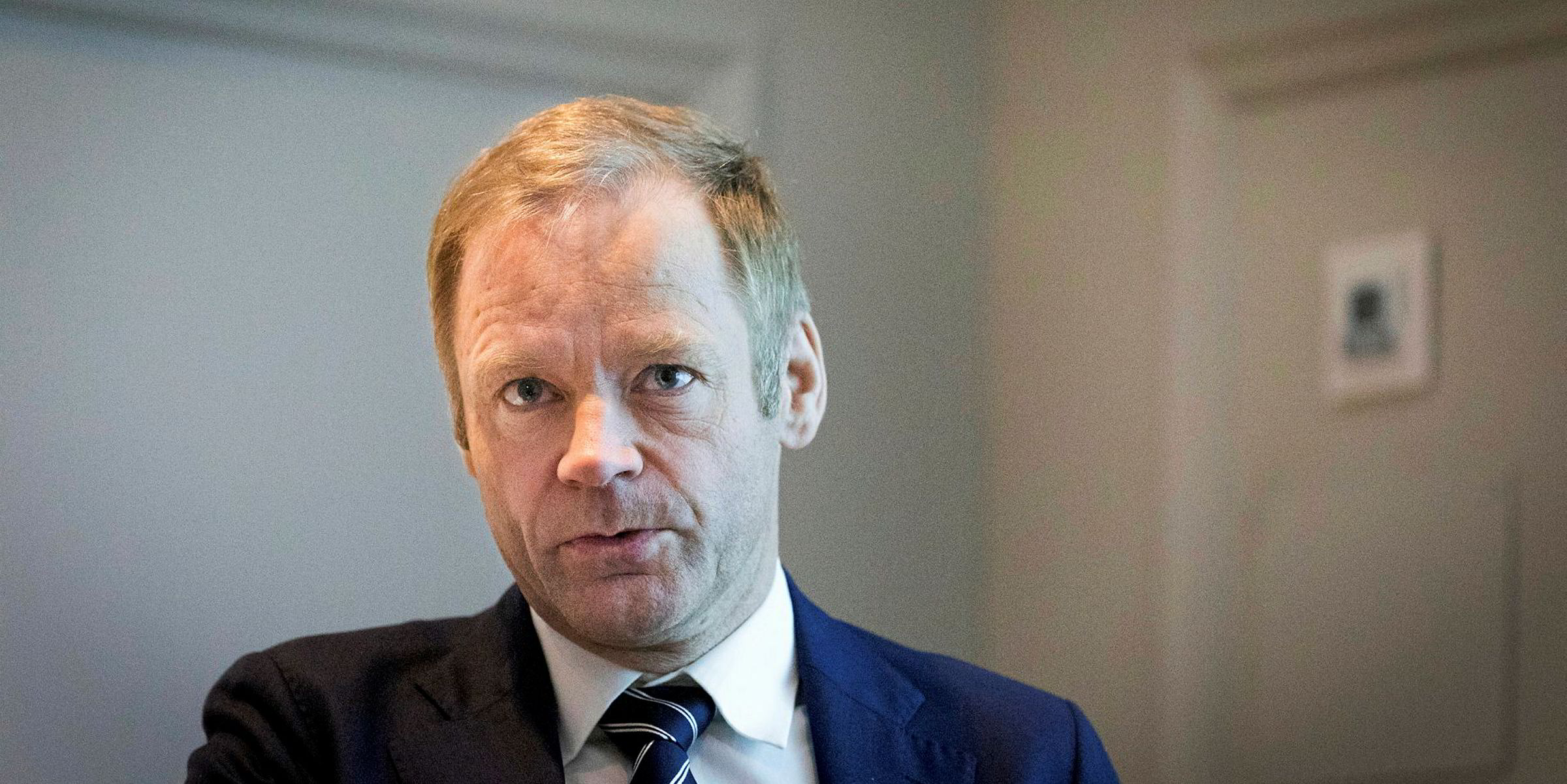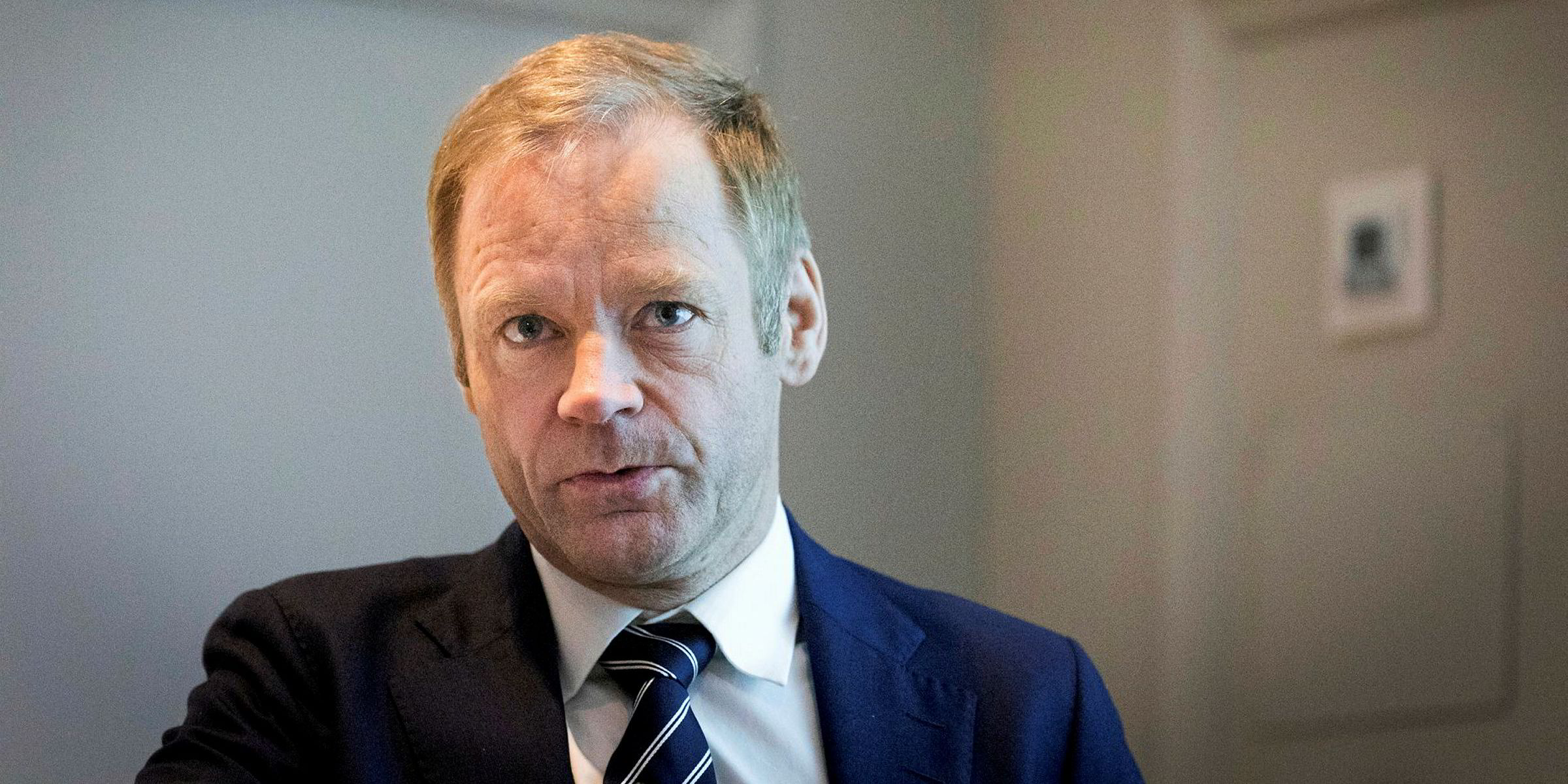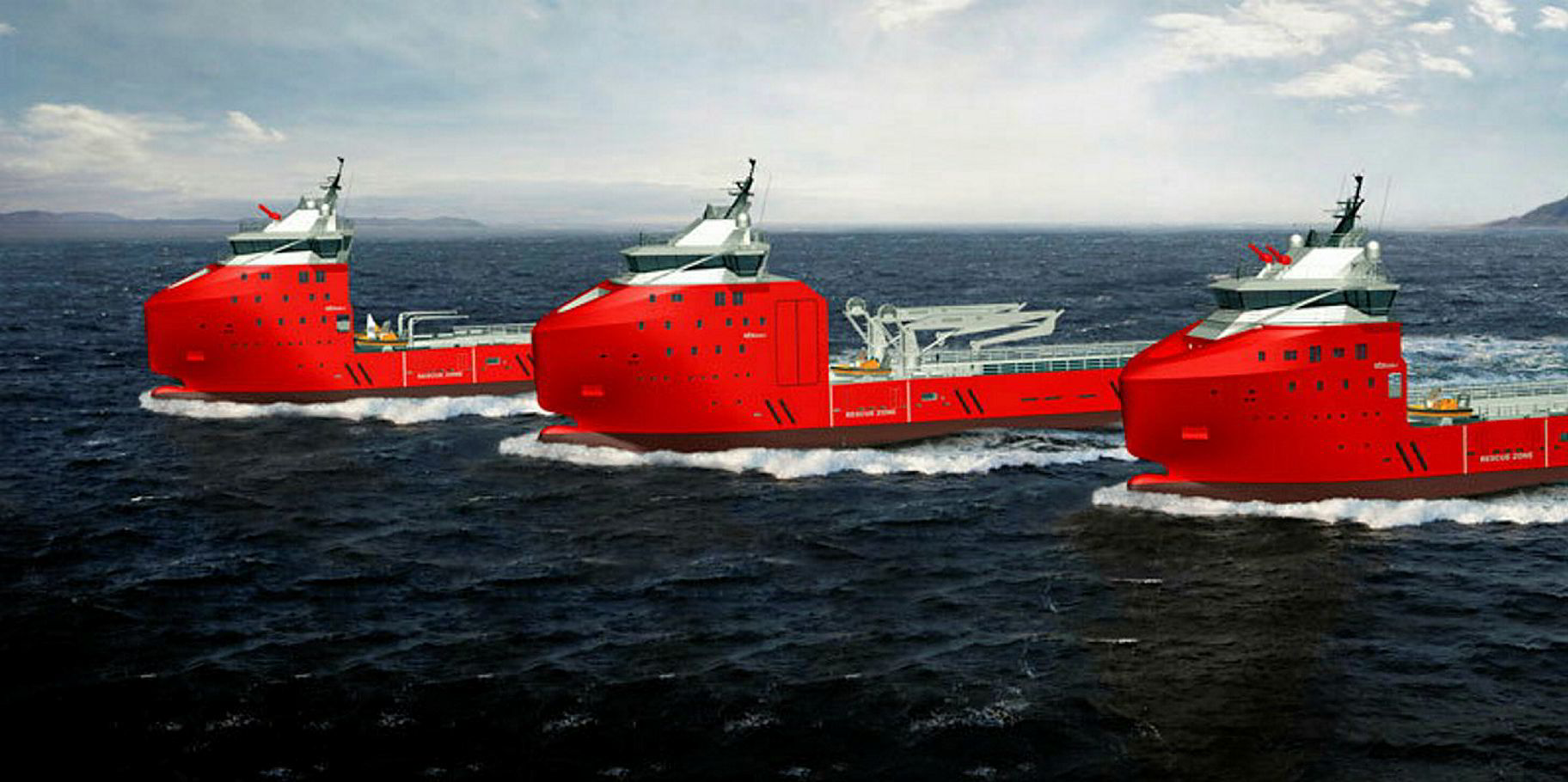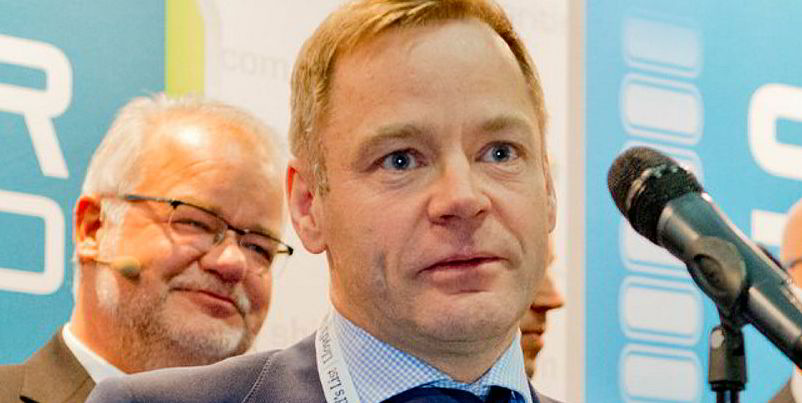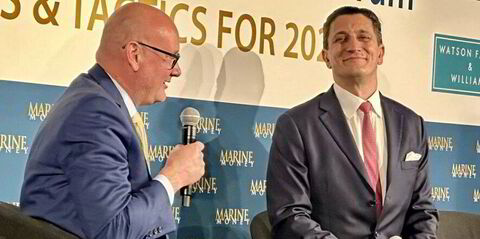Dof Group narrowed its loss during second quarter, but the offshore support vessel specialist is still working to de-risk its balance sheet by putting long-term financing in place.
The Oslo-listed group has been finding it increasingly difficult to secure regular refinancing of its existing loan facilities, as TradeWinds has reported.
Dof has secured a short-term solution with its lenders and said it is working on long-term arrangements, but remains at risk of breaching financial covenants with its lenders.
"The board and management are in process to prepare a proposed long-term solution, which is needed to secure satisfactory financing and liquidity for the group throughout a continuing demanding period," Dof said in its second-quarter report
"This process includes a constructive dialogue with the group’s relevant stakeholders, although no assurance can be given that the group will be successful in this respect."
Dof owns and operates a fleet of platform supply vessels (PSVs), anchor handlers (AHTSs), subsea vessels and service companies that operate worldwide.
Improvements
Dof's 16-vessel PSV fleet, which mostly operates in the North Sea, had 93% utilisation in the region during the second quarter, compared to 88% at this point 12 months ago.
"The North Sea market has continued to be busy within this segment, in both the term and the spot market," the group said in its report.
However, there is still high volatility both in rates and utilisation, especially for the AHTS fleet, and the market for the subsea inspection maintenance and repair (IMR) fleet remains "challenging," the group said.
The average utilisation of its AHTS fleet was 69% during the quarter, up 3% compared to a year ago.
Three AHTS vessels were in lay-up during the second quarter, but all its PSVs were in operation.
Group result
Dof's net loss after tax for the second quarter was NOK 106m ($11.8m), up by NOK 400m compared to its result 12 months ago.
Operating income for the period was NOK 1.85bn, much the same as last year.
Slightly lower operating expenses helped its operating profit to increase by 19% to NOK 669m, compared to second quarter 2018.
Impairments were 56% higher than a year ago at NOK 145m, a figure Dof said was based on updated brokers’ estimates and value-in-use calculations.
Road ahead
"The group will maintain its strategy to secure the fleet on long-term contracts and is actively working on keeping the firm employment of the fleet as high as possible," Dof said of the future in its second-quarter report.
The group's contract backlog was NOK 20bn at the end of the second quarter.
Most of Dof's "high-end" vessels are committed on firm contracts, which the group said accounts for the largest portion of its backlog.
Several vessels will end their long-term contracts during the next six to twelve months, but Dof described its backlog figure as "high" despite this fact.
"The group will further continue its focus to reduce costs and to adjust its capacity to the challenging markets," Dof said.
Analysts from Arctic Securities commented that Dof's expectation for a better second half of the year was "in line with our expectation," according to a research note this morning.

